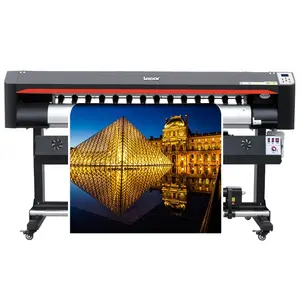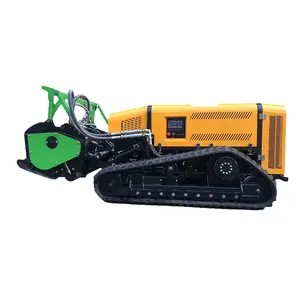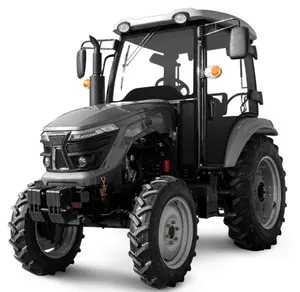Popular in your industry


























 Ready to Ship
Ready to Ship













































































































































































Top categories
About plastic honey bee
A plastic honey bee is a creative toy designed to mimic the appearance and behavior of a honey bee. This artificial insect is typically made of resilient plastic and often includes intricate details such as translucent wings, vibrant color patterns, and realistic body structures. Plastic honey bees are commonly found in educational settings, bee-themed decorations, and even as children's playthings. Their lifelike design is intended to engage and educate individuals about the important role bees play in pollination, emphasizing their significance in the ecosystem.
Materials and design of a plastic honey bee
The plastic honey bee is crafted from durable and lightweight plastic materials, ensuring its longevity and ease of handling. The choice of plastic allows for intricate detailing in the bee's structure and accurate representation of features such as its six legs, segmented body, and delicate antennae. These materials are often non-toxic, making the plastic honey bee safe for use in educational settings and children's toys. Additionally, some plastic honey bees may feature movable parts, enhancing their interactive nature.
The design of a plastic honey bee is meticulously crafted to replicate the key visual characteristics of a real bee. The body is typically adorned with distinctive black and yellow stripes, closely resembling the coloration of a natural bee. Furthermore, the wings are transparent or semi-transparent, mimicking the delicate and veined structure of bee wings. Some plastic honey bees may also incorporate additional features, such as a fuzzy texture on the body to imitate the hair-like structures found on bees.
Applications of a plastic honey bee
Plastic honey bees find versatile applications in various settings, including educational, decorative, and recreational environments. In educational settings, these artificial bees serve as valuable tools for teaching about the life cycle, anatomy, and behavioral patterns of bees. They are commonly used in classrooms, nature centers, and science exhibits to engage students and enhance their understanding of the importance of bees in pollination.
Decoratively, plastic honey bees are used in bee-themed events, such as weddings, parties, and environmental awareness campaigns. They can be incorporated into table centerpieces, floral arrangements, and DIY crafts to create a whimsical and nature-inspired ambiance. Additionally, these artificial bees are often utilized in theatrical productions, film sets, and art installations to add a touch of realism to bee-related scenes.
Advantages of a plastic honey bee
The plastic honey bee offers several advantages, including its durability, versatility, and educational value. The use of plastic materials ensures the longevity of the bee, allowing it to withstand handling and display in various environments. Additionally, the lightweight nature of the plastic honey bee makes it easy to transport and incorporate into different settings.
Moreover, the plastic honey bee's realistic design makes it a valuable educational tool for individuals of all ages to learn about bees and their essential role in the ecosystem. Its engaging appearance can spark curiosity and foster a deeper appreciation for the natural world. Plastic honey bees are also cost-effective alternatives to real bee specimens for educational purposes, reducing the need for constant replacement. Ultimately, the plastic honey bee serves as a visually appealing and informative resource in promoting bee conservation and environmental awareness.
































































